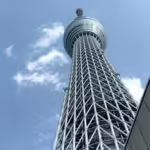Not only is Shinjuku Station among the busiest in Tokyo, but it’s among the busiest worldwide.
It is a significant hub for the rail, subway, and bus networks, serving more than 3.5 million passengers per day. and there are more than 200 exits, 36 platforms, and a labyrinth of underground passageways might be daunting, particularly for first-time visitors. However, if you pay close attention to the signs, you can easily navigate this maze!
I used Shinjuku Station almost every day, but even then, I sometimes got lost because it’s so big and complicated. So, in this guide, I want to help make it easier for you!
I’ll explain each of the station’s exits and tell you which entrances to use to reach each train line. This way, you can avoid getting confused and find your way quickly. At the end, I’ll also include some step-by-step directions, so be sure to take a look! And also here is the article that I described as the best hotels in Tokyo. Please check this out!!
The Exits
Shinjuku West Exit
West Exit will lead you to the office buildings, Shinjuku Central Park, and the Tokyo Metropolitan Government Building, known for its free observation deck. If you would like to know more about this, please click this link. At Shinjuku West Exit, you can also visit the famous LOVE statue. If you are returning to Hilton Hotel or Washington Hotel from Shinjuku, please use this exit!
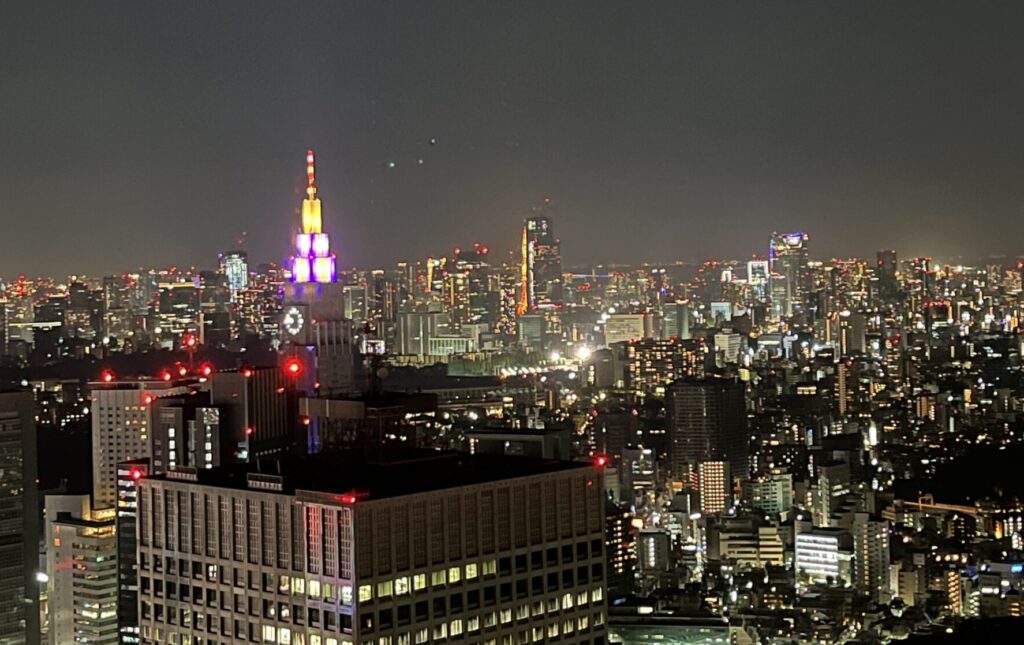
Shinjuku East Exit
This is the gateway to Kabukicho, known as the famous spot of night activity, and to Shinookubo, known as Korean town in Shinjuku. And also this exit will lead to many apparel stores such as Uniqlo, Adidas, Zara, and MUJI. And if you would like to use Seibu Shinjuku Line, such as heading to Kawagoe, this exit is the most convenient for you.
However, this exit will only easily access the JR line, and it is difficult to access Private Line such as Odakyu Line and Keio Line. Know more detail of transportation
About a 15-minute walk from Kabukicho, you’ll find Japan’s Korean town, called Shinookubo. Here, you can shop for a wide range of K-pop idol merchandise and enjoy authentic Korean meals. If you’re a fan of Korean culture and can’t make it to Korea, this is a great place to visit!
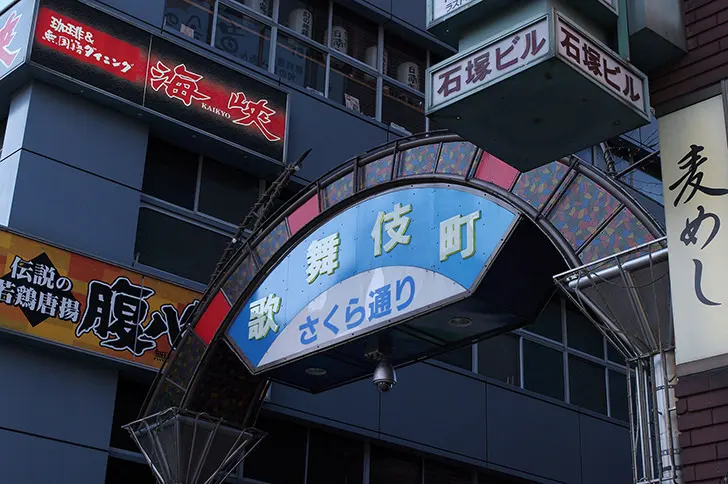
South Exit
Access to Takashimaya Times Square, a large shopping complex with Tokyu Hands, and Shinjuku Gyoen National Garden.
This exit is easy to access to Newoman which the mostly express bus will stop as a terminal. When you go to Tokyo Disney Resort and Mount Fuji by bus, This exit is the most useful exit.
Additionally, Takashimaya offers a selection of high-end luxury brands as well as upscale restaurants on the top floor. It even includes Japan’s popular brand, UNIQLO, so be sure to stop by when shopping and enjoy everything it has to offer.

Train Travel Guide
JR Line
There is a big green sign that indicates the JR Line. The JR trains let you get off at any of the station’s exits, unlike other train lines. Make sure you locate the place you want to go and select the right exit from there.
- Yamanote Line: The famous loop line that connects major Tokyo neighborhoods.
- Chuo Line (Rapid): A key line for getting to western Tokyo areas like Nakano, Mitaka, and Mount Takao.
- Saikyo Line: Travels toward Saitama and connects Shibuya and Ikebukuro.
- Shonan-Shinjuku Line: Convenient for reaching Yokohama and Kamakura.
You can buy tickets at any entrance, but I recommend using Pasmo or Suica on your smartphone, or purchasing a one-day free pass. This is because ticket prices vary depending on how far you travel. If you buy the wrong ticket, you may need to pay an additional fare, so please be careful.

Private Line
Odakyu Line
The Odakyu Line connects Shinjuku with popular destinations such as Hakone, famous for hot springs and views of Mount Fuji, and Enoshima, known for its beaches and historical sites. It’s a great option for travelers looking to escape Tokyo and experience nature.
Exit: Use the West Exit or South Exit for the easiest access.
Keio Line
The Keio Line connects Shinjuku to western Tokyo destinations such as Mount Takao, a popular hiking spot with stunning natural scenery, and areas like Hachioji. The Keio Line is also useful for visiting other western suburbs.
Exit: Use the West Exit to reach the Keio Line.
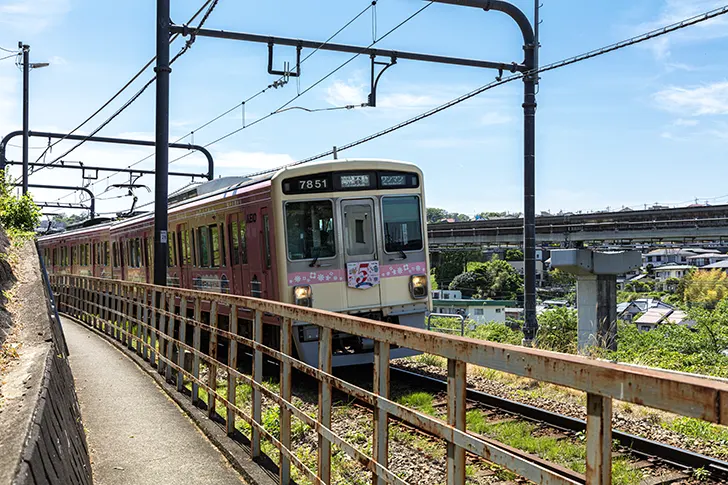
Tokyo Metro
Tokyo Metro is one of the two major subway systems in Tokyo, covering central areas and connecting to key districts. It’s convenient for both tourists and locals, as it reaches many popular destinations. And Marunouchi Line is the line that you can use at Shinjuku station
Exit: The West Exit or East Exit of JR Shinjuku Station leads to the underground passageways where you can find entrances to the Marunouchi Line.
Toei Subway
The Toei Subway system is operated by the Tokyo Metropolitan Government and complements the Tokyo Metro, with lines connecting to both central and outlying areas of Tokyo. It’s another great option for quick and affordable travel. And Oedo Line and Shinjuku Line that you can use at Shinjuku station.
Oedo Line:
- Use the South Exit or West Exit of JR Shinjuku Station. The Toei Oedo Line is deep underground, so be prepared for a few escalators or elevators to reach the platforms. Look for pink “E” signs for Oedo Line directions.
Shinjuku Line:
- The entrance is accessible via the A1-A5 exits of Shinjuku Station. Follow signs for the Toei Shinjuku Line (green), especially from the West and South Exits of JR Shinjuku Station.
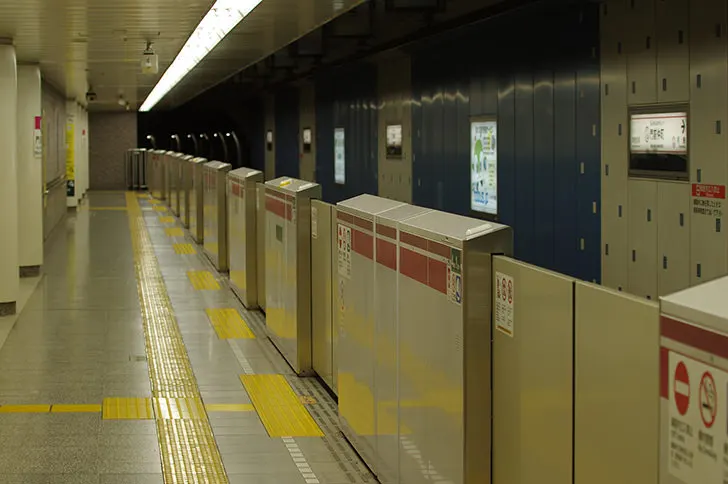
Conclusion
Shinjuku Station is extremely convenient, but it’s so complicated that even locals often get lost. I used to live near Shinjuku Station, and I’ve never experienced a more confusing station. So, based on my experience, here are my tips:
- Decide on your destination.
- Use Google Maps to check the best route to get there.
- Google Maps will also show you which exit and entrance to use for your destination.
- When you get off the train, don’t rush to take the first staircase you see. Instead, check the signs on the platform to see which exit you need and then take the stairs that lead you to the correct exit.
Feel free to ask me any questions!
Latest News
-

Make Your Trip Luxury with Hotels in Shinjuku
Read more: Make Your Trip Luxury with Hotels in ShinjukuNestled in the dynamic district of Shinjuku, Luxury Shinjuku Hotel redefines sophistication with world-class service, opulent interiors, and breathtaking city views. Designed for discerning travelers, our hotel blends modern luxury…
-

Affordable Flights from Tokyo to Seoul
Read more: Affordable Flights from Tokyo to SeoulPlanning a trip from Tokyo to Seoul without breaking the bank? You’re in the right place. This guide will help you find the most cost-effective flights, compare airline prices, and…
-
![[In 2025] Ueno is the most reasonable and convenient area for hotels!](data:image/png;base64,iVBORw0KGgoAAAANSUhEUgAAB4AAAAR5AQAAAAAErCUnAAAAAnRSTlMAAHaTzTgAAAEiSURBVHja7cExAQAAAMKg9U9tDQ+gAAAAAAAAAAAAAAAAAAAAAAAAAAAAAAAAAAAAAAAAAAAAAAAAAAAAAAAAAAAAAAAAAAAAAAAAAAAAAAAAAAAAAAAAAAAAAAAAAAAAAAAAAAAAAAAAAAAAAAAAAAAAAAAAAAAAAAAAAAAAAAAAAAAAAAAAAAAAAAAAAAAAAAAAAAAAAAAAAAAAAAAAAAAAAAAAAAAAAAAAAAAAAAAAAAAAAAAAAAAAAAAAAAAAAAAAAAAAAAAAAAAAAAAAAAAAAAAAAAAAAAAAAAAAAAAAAAAAAAAAAAAAAAAAAAAAAAAAAAAAAAAAAAAAAAAAAAAAAAAAAAAAAAAAAAAAAAAAAAAAAAAAAAAAAAAAAAAAuDI2JQABdcmtQgAAAABJRU5ErkJggg==)
[In 2025] Ueno is the most reasonable and convenient area for hotels!
Read more: [In 2025] Ueno is the most reasonable and convenient area for hotels!Looking for the best place to stay in Tokyo that offers both convenience and culture? Ueno Station is the perfect spot. With its excellent transportation links, rich cultural attractions, and…

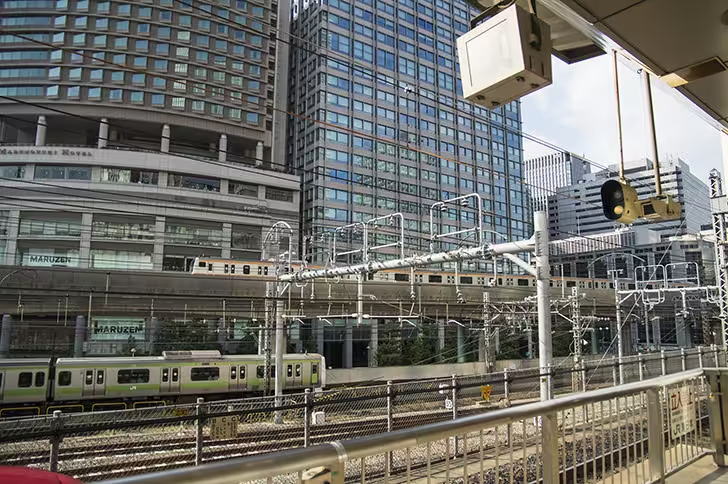
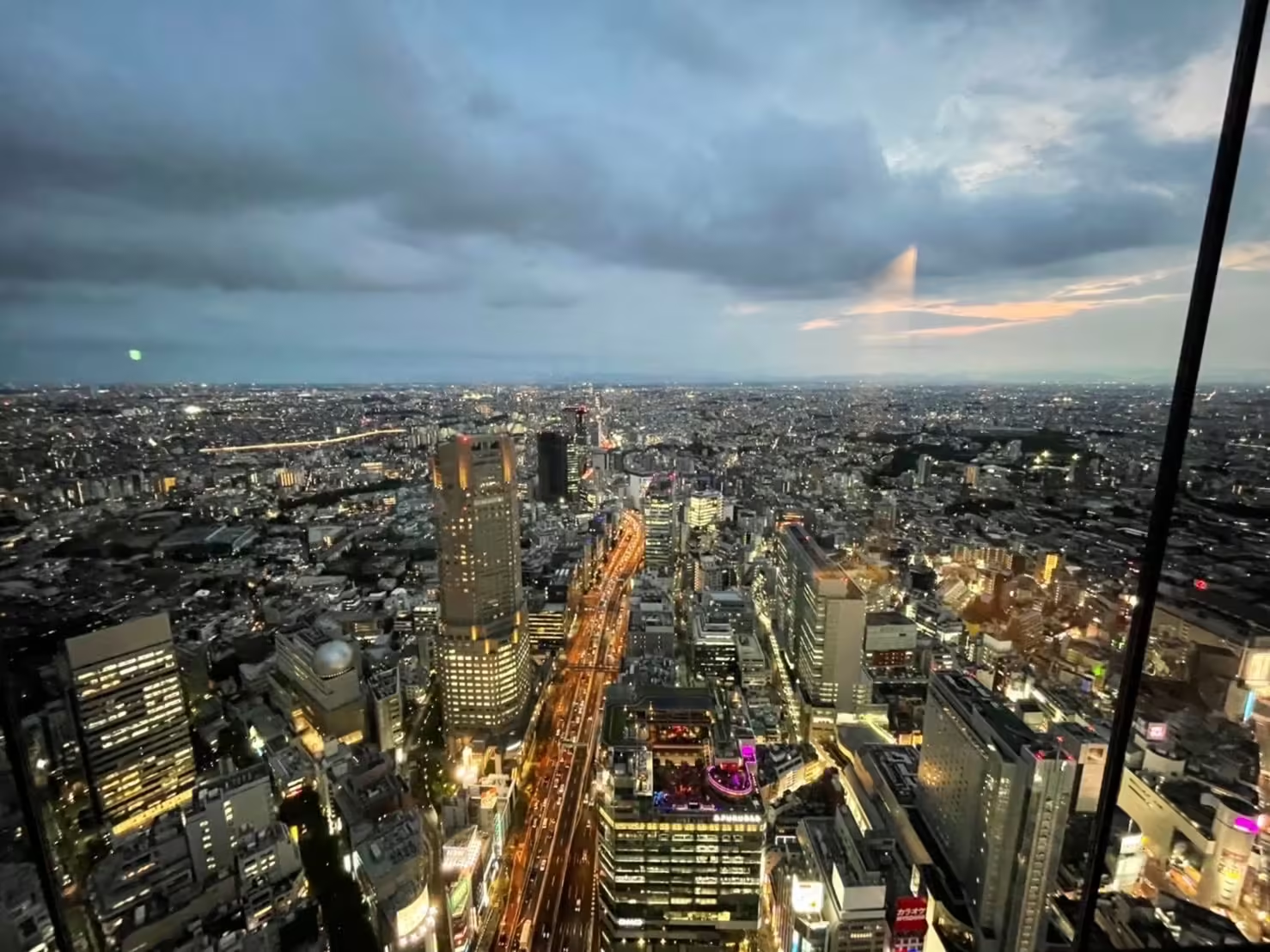

![[In 2025] Ueno is the most reasonable and convenient area for hotels!](https://japan-tourism-site.com/wp-content/uploads/2025/02/big_webp-photo0000-7717-e1738480326552.webp)
